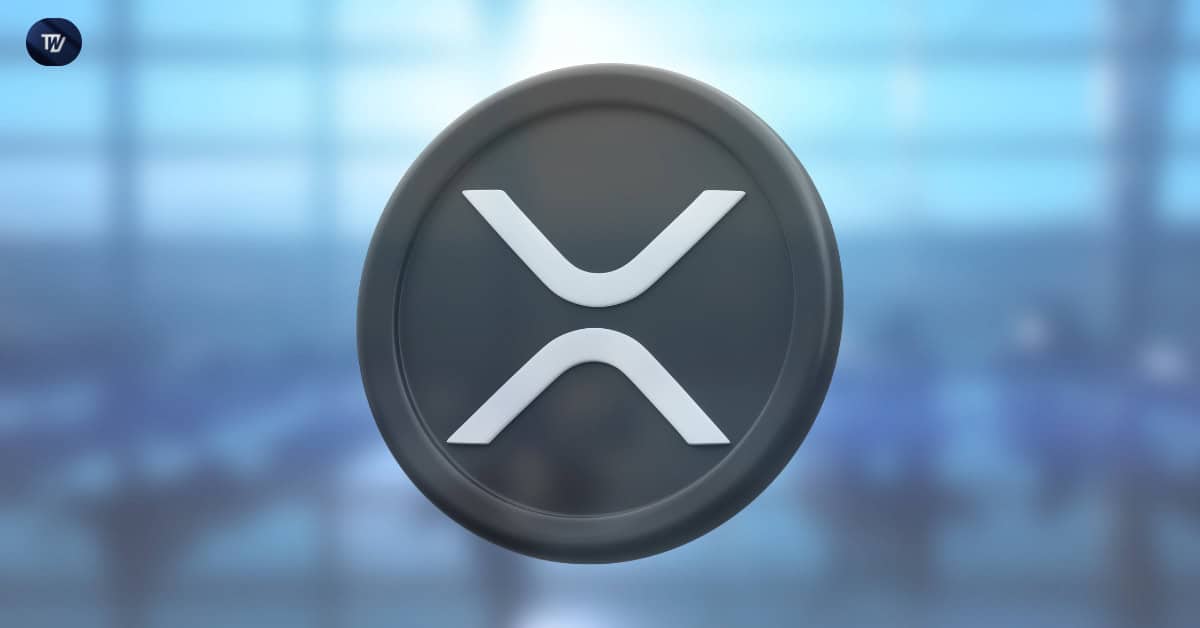Crypto
You are here: Home / News / XRP and Chainlink: Why They’re Partners, Not Rivals in Blockchain Growth
![]()
Key Takeaways:
- XRP and Chainlink serve distinct purposes and often collaborate rather than compete.
- Major collaborations with SWIFT and Ondo Finance highlight their complementary roles.
- Regulatory engagements further solidify their non-competitive, symbiotic relationship.
Expert Ivo Knébl recently highlighted a critical distinction in the blockchain ecosystem: XRP and Chainlink are not competitors but collaborative forces working toward different goals.
XRP by Ripple targets delivering fast and cheap cross-border payments using its XRP Ledger. Chainlink, on the other hand, specializes in decentralized oracle networks, providing secure and dependable feeds of real-world data for smart contracts on various blockchain networks.
Why $XRP (Ripple) and $LINK (Chainlink) are not competitors, but rather collaborate on different aspects of the blockchain ecosystem ?
We will focus on their different features, collaborations, and regulatory activities to show that they have different goals.
Features and… pic.twitter.com/3xRCMcdqPo
— Ivo Knébl (@IvoKnebl) April 27, 2025
Their partnership says a lot. In 2022, Chainlink teamed up with SWIFT to enable legacy banks to integrate blockchains via good old SWIFT standards for smooth tokenized asset transfers.
On Ripple’s part, the launch of the RLUSD stablecoin in 2025 created a new factor. To make its presence felt within DeFi networks, Ripple embraced Chainlink’s trustable price feeds, a development that highlights their synergy as opposed to competitiveness.
Both initiatives are complementing each other’s strengths as a more integrated blockchain infrastructure gets constructed. It proves that competition need not be the default modus operandi for cryptocurrency innovations.
Crypto Ondo Finance Strengthens XRP and Chainlink Collaboration
Ondo Finance’s work thus reaffirms the complementary relationship between Chainlink and XRP. Ondo, specialized in the tokenization of real-world assets, brought its OUSG (Ondo Short-Term U.S. Government Treasuries) onto the XRP Ledger.
This expansion provided institutional investors with easier access to tokenized U.S. government bonds on the Ripple’s network, expanding the utility of XRPL.
Concurrently, Ondo draws extensively on Chainlink’s oracle services for procuring verified prices for its tokenized assets. Such a dual initiative identifies how XRP and Chainlink provide connected and expert intermediary services.
Ondo’s strategic alliances show that the success of such tokenized finance initiatives depends on employing the most effective solution of each blockchain entity, such as XRP taking care of payment and settlement layers while Chainlink providing safe data flows.
Crypto Ripple and Chainlink Strengthen Regulatory Engagement
Ripple and Chainlink are themselves actively engaged in regulation. Chainlink had top-level meetings with U.S. government officials in 2025 to discuss the future of blockchain within finance.
Concurrently, Ondo Finance, a mutual partner of both of these institutions, met up with the SEC regarding legal structures of tokenized securities, thus indirectly supporting the regulatory legitimacy of Ripple’s integrations.
Actually, Ripple’s actual competitor was presented by Circle, the issuer of USDC. The release of the Circle Payments Network by Circle competes against Ripple’s establishment of cross-border transactions. Chainlink, on the other hand, continues to aim at providing data and not the payment market

